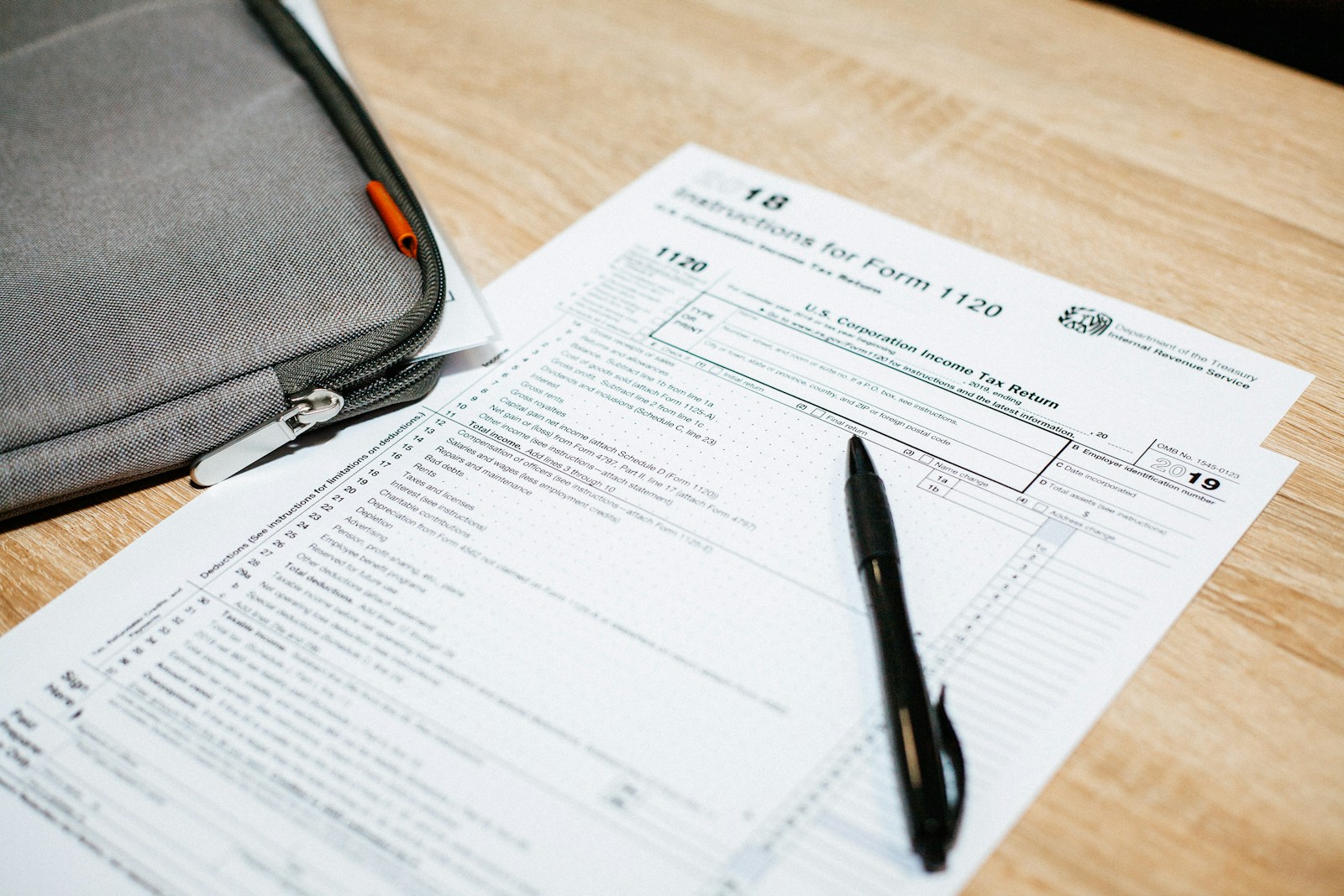As the end of financial year approaching, we have put together a tax planning strategy to reduce your tax liability within the Tax laws. We have highlighted some of the end of year tax planning for you and your business. We would recommend booking an appointments ASAP.
In order to work out the best approach for you please start and complete your initial calculations for this financial year so we can implement the strategy before Jun 30.
Delay Deriving Assessable Income:
- Consider the deferral of business income, including delaying the issue of an invoice for sales and/or work in progress until the 2020 year.
- Consider the postponement of the realisation of any assessable gains such as capital gains until after year end.
- Consider your cash flow as well, Priority should be given to defer an income until after June 30. Delaying bank deposit of cash is not considered, Once the payment has been received make sure you include all your income in this financial year’s income.
Bringing Forward Deductible Expenses or Losses
Prepayment of Expenses- In some circumstances, Small Business Entities (SBE) and individuals who derive passive type income (such as rental income and dividends) should consider pre-paying expenses prior to 30 June 2019.
A tax deduction can be brought forward into this financial year for expenses like:
- Motor Vehicle Expenses – Registration and Insurance
- Rent for July 2019 (and possibly extra months)
- Wages, Bonuses, Commissions and Allowances
- Superannuation for Business Owners, Directors and Associated Persons
- Subscriptions and Memberships to Professional Associations and Trade Journal
- Travel and Accommodation Expenses
- Printing, Stationery and Office Supplies
- Advertising including Directory Listings
- Utility Expenses – Telephone, Electricity & Power
Capital Gains/Losses – the timing of the sale of assets is crucial and deferring the sale until after June 30 will defer the tax exposure on the profit. Obviously, if you have made other capital gains during the financial year it could be worth bringing forward the sale and crystallizing the loss, so you can offset it against the other capital gains. Note that the contract date is often the key date for when a sale has occurred for capital gains tax purposes, not the settlement date.
Accounts Payable – If you operate on an accruals basis and services have been provided to your business, ensure that you have an invoice dated June 30, 2019 or before, so you can take up the expense in you accounts for the year ended 30th June 2019.
Businesses should also consider:
- Stock Valuation Options Consider the benefits of revaluing closing value of trading stock at year-end using the lower of cost, market selling value or replacement value to lower taxable income.
- Trading stock write-offs
Determine whether items or lines of trading stock should be scrapped or have become obsolete and whether such items can be valued at their scrapped value (see Taxation Ruling TR93/23).
- Repairs and Maintenance Costs – Consider if repairs need to be done to your office or maintenance required for income producing assets
Immediate Write Off for Individual Small Business Assets:
The accelerated depreciation write-off for small businesses has been extended to 30th June 2020 and the threshold has increased to $30,000.
Businesses with a turnover of up to $10 million can claim a deduction for each asset purchased and first used or installed ready for use, up to the following thresholds:
- $30,000, from 7.30pm (AEDT) on 2 April 2019 until 30 June 2020
- $25,000, from 29 January 2019 until before 7.30pm (AEDT) on 2 April 2019
- $20,000, before 29 January 2019.
Businesses with a turnover from $10 million to less than $50 million may now be eligible for the instant asset write-off for assets purchased for less than $30,000 each from 7.30pm (AEDT) 2 April 2019 to 30 June 2020. For assets purchased for $30,000 or more, the general depreciation rules must be used.
SUPERANNUATION & TAX PLANNING
- Employee Superannuation Payments including the 9.5% Superannuation Guarantee Contributions for the June 2019 quarter (that must be received by the Superannuation Fund by June 30, 2019 to claim a tax deduction).
- Superannuation Contributions- some low or middle-income earners who make personal (after-tax) contributions to a superannuation fund may be entitled to the government co-contribution. The amount of government co-contribution will depend on your income and how much you contribute.
- the cap on concessional contributions for the 2019 year is $25,000 for everyone regardless of age
- the annual cap on non-concessional contributions for the 2019 year is $100,000. However, an individual can only make non-concessional contributions if that individual’s total superannuation balance was less than $1.6 million as at 30 June 2017 (see section 292-85(2) of the Income Tax Assessment Act (1997)).
“Black-hole” expenditure
- Determine whether business capital expenditure incurred that is not deductible, depreciable or included in the cost base of an asset may be deductible as ‘blackhole expenditure’ under section 40-880 of the Income Tax Assessment Act (1997).
- Eligible blackhole expenditure is deductible over five years in equal proportions (and there is no pro-rating of the deduction in the year the expenditure is incurred by the taxpayer).
- It may be available in relation to the taxpayer’s business or in respect of a former business that used to be carried on or in respect of a business that is proposed to be carried on provided there is a sufficient and relevant connection between the expenditure incurred and the business carried on (see Taxation Ruling TR 2011/6).
Note: section 40-880(5) provides that no deduction is available under the blackhole deductibility rules where, amongst other things, the expenditureforms part of the cost of land or a depreciating asset; it would be taken into account in working out an assessable profit, deductible loss, capital gain or capital loss; it relates to a lease or other legal or equitable right; or if it is deductible under another provision of the income tax assessment acts.
Bad Debt
Ensure that all necessary steps required to write off a debt are completed prior to year-end, and that the debt was previously returned as assessable income or was made in the ordinary course of a money lending business.
Low- and middle-income tax offset (LAMITO)
In the 2018–19 income year a new Low and Middle Income Tax Offset (LAMITO) will be introduced. The LAMITO is a non-refundable tax offset of up to $530 per annum for resident taxpayers with a taxable income of up to $125,333. It will be applied as a lump-sum amount on assessment.
- LAMITO will provide the following tax benefit:[3]
- individuals earning up to $37,000 will receive a LAMITO amount of up to $200 per annum[4]
- individuals earning more than $37,000 but less than $48,000 will have their LAMITO amount
increased from $200, by 3 cents in the dollar, to a maximum rate of $530
- individuals earning between $48,000 and $90,000 will receive the maximum value of LAMITO of $530
- individuals earning more than $90,000 will have their LAMITO amount reduced by $0.015 cents in the dollar until it phases out entirely for incomes of $125,333 and above.
Small business tax offset
Check whether the individual is entitled to the small business income tax offset for the year ended 30 June 2019 being 8 per cent of the income tax payable on the portion of an individual’s taxable income that is their ‘total net small business income’. This offset is available to sole traders who would meet the requirements of being a small business entity, and to individuals who are not a small business entity, but who are assessed on a share of the income of a small business entity in that they are a partner in a partnership that is a small business entity or a beneficiary of a trust that is a small business entity. An entity is a small business entity if it carries on business and its aggregated turnover for the 2019 year is less than $5 million. An individual is only able to claim one small business tax offset for an income year irrespective of the number of sources of small business income derived by that individual and the maximum amount of the offset is capped to $1,000 per year.
Work-related deductions
Check to ensure that any claims for work-related expenses, car expenses and travel expenses are correctly allowable on the basis that such expenses were incurred in gaining or producing salary and wages income or other payments subject to the PAYG withholding regime (including any work-related claims below $300). Ensure that such expenses are only claimed after disallowing any private component of expenditure.
Motor vehicle depreciation cost limit
Check whether the taxpayer is intending to purchase a luxury car (i.e. acquisition cost greater than $57,581) prior to 30 June 2019 (see Taxation Determination TD2017/18). If so, ensure that the depreciation claimed is based on an acquisition cost not exceeding $57,581 rather than its actual cost.
Trusts
Review the deed again and make sure the trust distribution is determined before June 30. Review your deed closely and it will be required for all types of Trusts. For Discretionary trusts. Has the trustee obtained the TFNs of all beneficiaries prior to making distributions of ordinary or statutory income or such beneficiaries becoming presently entitled to a share of the income of the trust estate
Trust Losses
If the trust has tax losses to be recouped ensure that you have considered the respective trust loss rules that apply to fixed and non-fixed trusts under Schedule 2F of the Income Tax Assessment Act (1936).
Companies
Consider making franked dividend distribution if company fund allows. Review employee’s remuneration package to deter exempt or concessionally taxed benefits can be provided. If the company has tax losses to be recouped ensure that the continuity of ownership test (COT) or the same business test (SBT) is passed. Check whether loans, payments or debt forgiveness by a private company to a shareholder, former shareholder or an associate of such a person would be deemed to be an unfranked dividend.
For more information contact S & H Tax Accountants on 1300 724 829
Reference: ato.gov.au, CPA Australia, IPA Australia, budget.gove.au, www.aph.gov.au
Disclaimer: While every effort has been made to ensure accuracy, information contained on the site may not be complete, may have changed or may not be relevant to or appropriate for your circumstances. Readers must not use the information without seeking professional advice. The information is not intended as legal, accounting, financial or tax advice. S & H Accountants Pty Ltd T/a S & H Tax Accountants, related organisations, employees and directors are not liable to you or anyone else for decisions or actions resulting from placing reliance on the information contained in the document.
The post EOFY Tax Planning Guide appeared first on S & H Tax Accountants.
S & H Accountants offers the service of Tax planning for businesses. We aim to prioritise our client’s growth, that is why we believe that we have the best team to do so. Our team consists of well-qualified, vastly-experienced and extremely professional individuals. If you would like to discuss your tax responsibilities or tax liabilities, please book an appointment now, contact us on 03 8759 5532 or you can email us on info@sahtax.com.au






